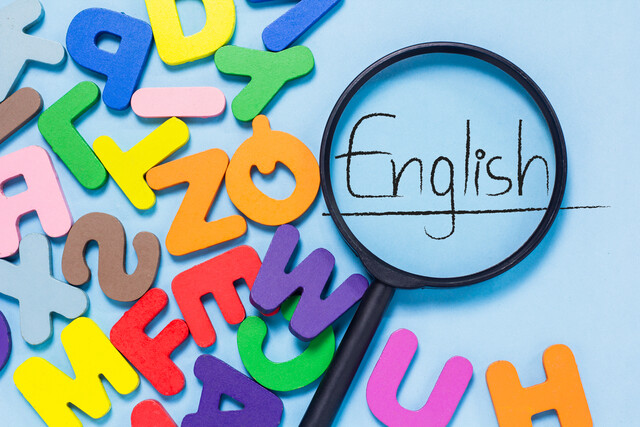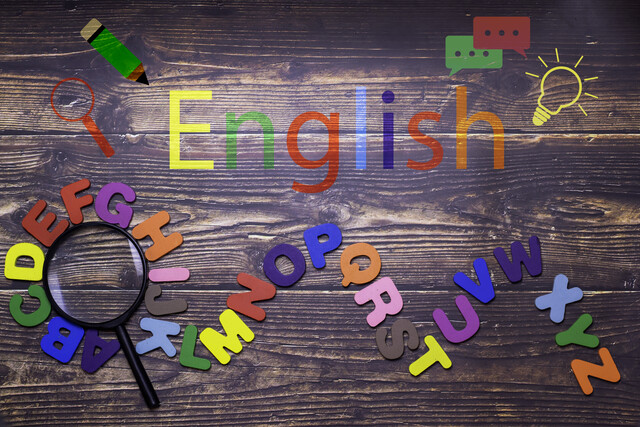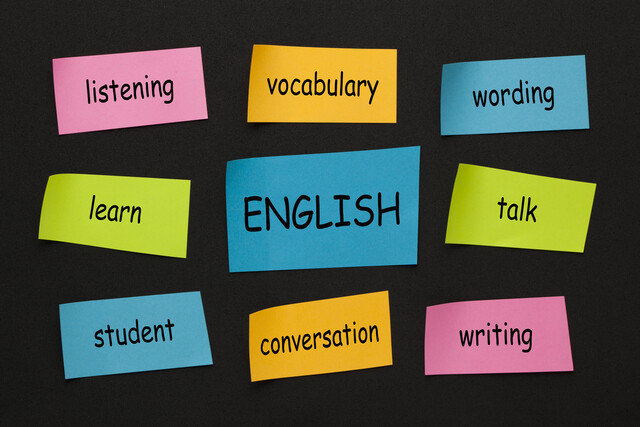French 101- How to Speak French (with Audio)
Unlock the Melody of French: Speak and Listen with Confidence!
French 101- How to Speak French (with Audio)

Unlock the Melody of French: Speak and Listen with Confidence!

Step into the captivating world of French with our transformative course, French 101: How to Speak French. Picture yourself effortlessly conversing in the language of love, capturing the hearts of those around you. This journey isn't merely about acquiring a new skill but about transforming your perspective, connecting with vibrant cultures, and elevating your personal and professional life. With each lesson, immersive audio guides and interactive activities draw you closer to fluency, making learning practical, engaging, and effective. You'll embrace the elegance of French pronunciation, master essential grammar, and revel in meaningful dialogues, all while nurturing the confidence to express yourself authentically. Imagine the doors this course will open for you--whether you're planning to travel, seek new career opportunities, or simply relish in the joy of learning a beautiful language. This isn't just a course; it's your passport to a new world. Enroll today and let French 101 be your ultimate guide to a brighter and richer future. Your journey toward eloquence and cultural enrichment starts here--don't miss the opportunity to create a remarkable chapter in your life.
In This Course 
14 Hours average completion time
1.4 CEUs
14 Lessons
46 Exams & Assignments
16 Reference Files
Mobile Friendly
Last Updated December 2025
Description 
This Instructional Course on How to Speak French (with audio clips) is a fast, fun, and manageable way to learn French in your own time. This guide starts at the beginning assuming you know nothing about French and walks you through, simple lesson by simple lesson, until you come out speaking about your daily routines, what you did yesterday, last year or in 1999, and what you are going to do tomorrow or in the year 2030. Along the way, you will find explanations, examples and activities that give you the building blocks to construct a base for the French language, often called the language of love.
This self-paced course is designed to give you the basics in grammar and vocabulary but always focusing on the verbal aspect that allows you to communicate as soon as possible. In order to get the most out of this guide, you must actively work with it, completing the exercises, working on the activities and having fun.
Skills You'll Develop 
- Construct simple sentences in French present tense
- Understand French noun gender and plural rules
- Engage in beginner-level French conversations
- Navigate common French greetings and introductions
- Develop clear French pronunciation skills
- Comprehend direct object pronouns
- Formulate basic questions in French
- Express preferences using basic French verbs
- Identify and use French cognates effectively
Discover More Skills Like These 
What Others Are Saying 
HN
"Extraordinarily Helpful"
★★★★★
The fact that there were side notes and the exam tested what I learned. The beauty was it treated me throughout as a basic learner and at no point I felt uncomfortable with the challenge. Kudos to the Professor.
MP
"Extraordinarily Helpful"
★★★★★
It was fun!
TW
"Extraordinarily Helpful"
★★★★★
It was quite helpful to print out the educational texts for using them as a learning script.
Related Courses 
-

ESL Grammar Skills Level 1
-

ESL Basic Grammar
-

ESL Grammar Skills: Level 1-5 Course Bundle
-

ESL Basic Grammar and Writing
-

Spanish Cooking 101
-

ESL Basic Writing Skills
-

Writing Help Course Bundle
-

Teaching Grammar to ESL Students
-

Basic Research Skills
-

Basic English Speaking Skills
-

Spanish Culture 101
-

The Modern Travel Agent
-

Cooking Class Bundle: 5 Cooking Courses
-

Philosophy 101
